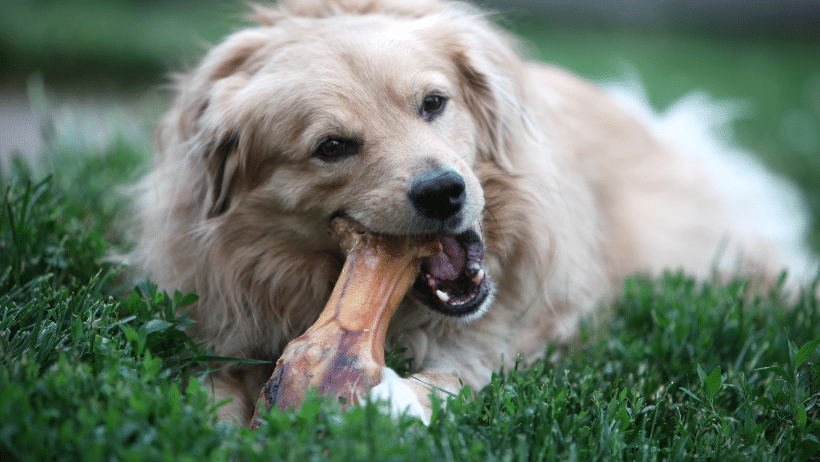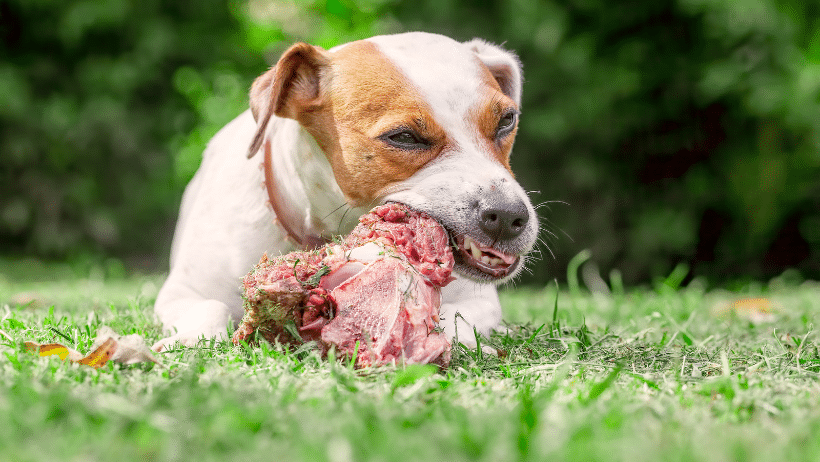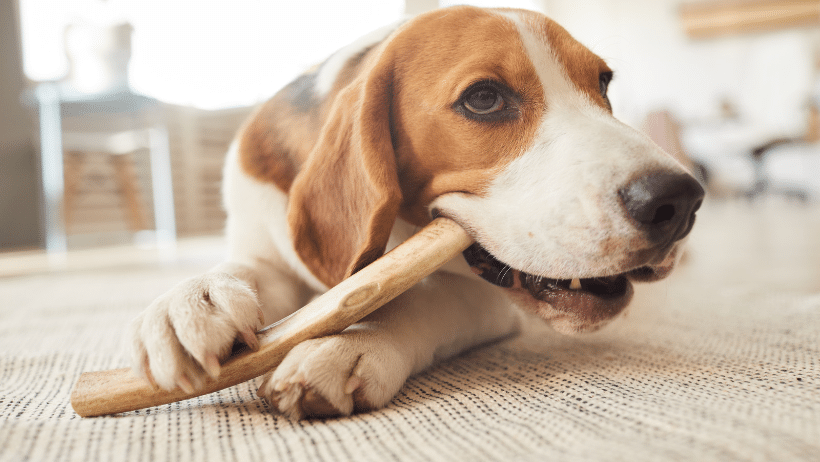
As pet owners, we all want to ensure our furry friends are healthy and happy. One common question that many dog owners have is whether beef bones are safe for dogs to eat. While it is true that dogs enjoy chewing on bones, it is essential to understand the risks and benefits of this activity before giving your dog a bone to chew on. In this blog post, we will explore the safety of beef bones for dogs and provide some tips on how to safely give your furry friend a bone to chew on.
Not All Bones are Created Equal
It is important to note that not all bones are created equal. Beef bones come in various shapes and sizes, and some are safer for dogs than others. Large weight-bearing bones like femurs or ribs can be too hard for dogs’ teeth and can cause damage to their teeth or even break their teeth. These types of bones are not recommended for dogs to chew on. On the other hand, softer bones like knuckle bones, neck bones, and rib bones can be safe for dogs to chew on, provided they are appropriately sized.
Potential Risks of Bones
Bones can pose several risks to dogs. One of the primary concerns is the potential for bone splinters or fragments. If a dog chews on a bone for an extended period, it may accidentally swallow small pieces of the bone. These small fragments can become lodged in the throat or digestive tract, causing choking, vomiting, or other gastrointestinal issues. Another concern is the potential for tooth damage or broken teeth, as mentioned earlier. Additionally, bones can also be a source of bacterial contamination, which can lead to gastrointestinal upset or more severe health problems, such as salmonella or E.coli infections.
Tips for Giving Your Dog a Bone Safely
So, are beef bones safe for dogs? The answer is that it depends on the type of bone and how it is given to the dog. If you want to give
- Choose the right bone: As mentioned earlier, choose softer bones like knuckle bones, neck bones, or rib bones. Avoid large weight-bearing bones like femurs or ribs that can be too hard for your dog’s teeth.
- Size matters: Make sure the bone is appropriately sized for your dog. A bone that is too small can be a choking hazard, while a bone that is too large can cause tooth damage or broken teeth. A general rule of thumb is to choose a bone that is larger than your dog’s mouth but smaller than its head.
- Supervision is key: Never leave your dog alone with a bone. Dogs can become overly excited when chewing on a bone, which can lead to choking or other accidents. Supervision is essential to ensure your dog’s safety while they enjoy their bone.
- Limit chewing time: It is best to limit the amount of time your dog chews on a bone to avoid tooth damage or other health issues. As a general guideline, 10-15 minutes of chewing time is sufficient.
- Store appropriately: Once your dog is finished chewing on the bone, discard any remaining pieces. Bones can attract bacteria, so it is important to store them in a sealed container in the refrigerator if you plan to reuse them.
Alternatives to Bones
- Dental Chews: Dental chews are a great alternative to bones as they are specifically designed to promote dental health. These chews

- Rawhide: Rawhide chews are another option that can help satisfy your dog’s natural urge to chew while promoting dental health. However, it’s important to note that not all rawhide chews are created equal, and some can be a choking hazard or contain harmful chemicals. Look for high-quality rawhide chews that are free from chemicals and are appropriately sized for your dog.
- Rubber Toys: Rubber toys like Kongs and Nylabones can be a great way to promote dental health while also providing a fun and engaging activity for your dog. These toys are designed to be chewed on and can help massage the gums, remove tartar, and freshen breath.
- Brushing: One of the best ways to promote dental health is to brush your dog’s teeth regularly. While it may take some time to get your dog used to brushing, it is a safe and effective way to prevent tartar buildup, gum disease, and other dental issues.
Ultimately, it’s important to find a dental chew or toy that works best for your dog’s chewing habits and preferences. Consult with your veterinarian to determine which options are safest and most effective for your furry friend. With regular dental care and the right chewing options, you can help ensure your dog’s dental health for years to come.
In conclusion, beef bones can be safe for dogs to chew on if they are appropriately sized and given under supervision. However, as with any food item, bones come with potential risks that pet owners need to be aware of. It is essential to choose the right type of bone and size, limit chewing time, and supervise your dog while they enjoy its bone. By taking these precautions, you can provide your furry friend with a fun and engaging activity that also promotes dental health.
Ultimately, as a responsible pet owner, it is up to you to make an informed decision about whether or not to give your dog bones. If you do decide to give your dog bones, be sure to take the necessary precautions and monitor your dog closely to ensure its safety. With the right bone and proper supervision, you can provide your furry friend with a safe and enjoyable chewing experience that promotes dental health and overall well-being.





